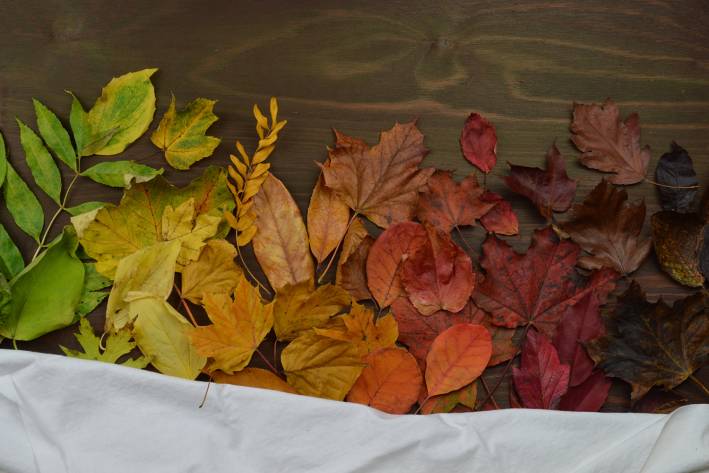In a world marked by constant flux, mindfulness and the practice of letting go stand as profound guiding principles, echoing the wisdom found within Buddhist teachings. As we journey through life using intricate steps to navigate various situations, the recognition of impermanence – the inherent transience of all things – becomes a pivotal anchor for our experience. Yet, impermanence may be difficult to accept and appreciate.
What Is Anicca?
Buddhist philosophy beautifully illustrates impermanence through the concept of "anicca." This doctrine emphasizes that nothing in the universe, including our thoughts, emotions, and material possessions, remains fixed. Much like clouds in the sky, life's experiences are in perpetual motion, shaping and reshaping our experiences. This realization serves as motivation for embracing mindfulness. We want impermanence in life. Otherwise, how would we change those habits that don’t serve us? How would we look forward to things that bring meaning into our lives? How would we get “unstuck”? By being mindful of impermanence, we appreciate the quality of hope.
What Is Sati?
Mindfulness, rooted in the Buddhist practice of "sati," entails being fully present in each moment. We look to do this without judgment and without attachment as we’ve discussed in prior blogs. By cultivating conscious awareness of our thoughts, emotions, and surroundings, we invite a deeper connection with reality. This awareness that everything is impermanent allows us to observe without clinging. Mindfulness acts as a bridge to letting go – a pathway to releasing our attachments to outcomes, expectations, and even our very identities.
What Is Vairagya?
The art of letting go, or "vairagya," underscores Buddhist teachings on non-attachment. When we cling to the transient, we foster suffering. Ever feel attached to something so strongly you found yourself in despair of it ever ending or leaving? I do this sometimes on the weekend – please, oh please, just one more day! The more we free ourselves from these attachments, the closer we move toward inner peace. Letting go doesn't imply indifference. Indifference is a lack of caring about something or someone. However, with mindfulness, we care, and we acknowledge the impermanent nature of all things. This liberates us from the bonds of uncertainty, fear, and anxiety.
The practice of mindfulness enhances our ability to let go gracefully. I sometimes let go of things with claw marks! Yet when I can observe my thoughts and emotions mindfully, I create a conscious space between stimulus and response. This is an important part of mindfulness. This space empowers us to choose how we engage with the fleeting moments that life presents. In the realm of impermanence, this choice is akin to choosing freedom.
In essence, mindfulness and letting go intertwine as invaluable tools in our pursuit of contentment and wisdom. By cultivating mindfulness, we elevate our consciousness to perceive beauty within each transient moment. By embracing the practice of anicca, we release the grip of attachments that block our inner peace. As we move along the path to practicing daily mindfulness, we discover the profound liberation that arises from surrendering to the impermanent nature of everything.
"Letting go gives us freedom, and freedom is the only condition for happiness. If, in our heart, we still cling to anything—anger, anxiety, or possessions—we cannot be free." - Thich Nhat Hanh





